
Keble College is one of the constituent colleges of the University of Oxford in England. Its main buildings are on Parks Road, opposite the University Museum and the University Parks. The college is bordered to the north by Keble Road, to the south by Museum Road, and to the west by Blackhall Road.
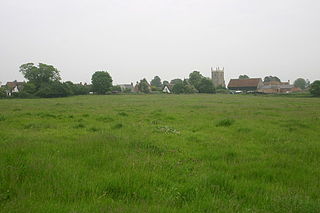
Marsh Gibbon is a village and civil parish in Buckinghamshire, England. It is close to the A41 and the border with Oxfordshire about 4 miles (6.4 km) east of Bicester.
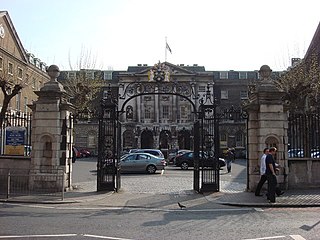
Guy's Hospital is an NHS hospital in the borough of Southwark in central London. It is part of Guy's and St Thomas' NHS Foundation Trust and one of the institutions that comprise the King's Health Partners, an academic health science centre.

The Royal London Hospital is a large teaching hospital in Whitechapel in the London Borough of Tower Hamlets. It is part of Barts Health NHS Trust. It provides district general hospital services for the City of London and Tower Hamlets and specialist tertiary care services for patients from across London and elsewhere. The current hospital building has 845 beds and 34 wards. It opened in February 2012.
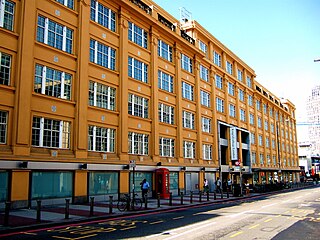
The Florence Nightingale Faculty of Nursing, Midwifery & Palliative Care is an academic faculty within King's College London. The faculty is the world's first nursing school to be continuously connected to a fully serving hospital and medical school. Established on 9 July 1860 by Florence Nightingale, the founder of modern nursing, it was a model for many similar training schools through the UK, Commonwealth and other countries for the latter half of the 19th century. It is primarily concerned with the education of people to become nurses and midwives. It also carries out nursing research, continuing professional development and postgraduate programmes. The Faculty forms part of the Waterloo campus on the South Bank of the River Thames and is now one of the largest faculties in the university.

Park Town is a small residential area in central North Oxford, a suburb of Oxford, England. It was one of the earliest planned suburban developments in the area and most of the houses are Grade II listed.
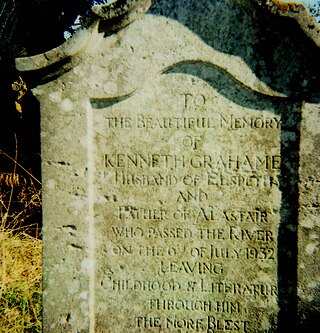
Holywell Cemetery is next to St Cross Church in Oxford, England. The cemetery is behind the church in St Cross Road, south of Holywell Manor on Manor Road and north of Longwall Street, in the parish of Holywell.
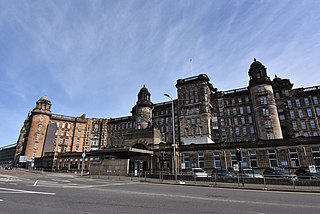
The Glasgow Royal Infirmary (GRI) is a large teaching hospital. With a capacity of around 1,000 beds, the hospital campus covers an area of around 8 hectares, and straddles the Townhead and Dennistoun districts on the north-eastern fringe of the city centre of Glasgow, Scotland. It is managed by NHS Greater Glasgow and Clyde. It was originally opened in 1794, with the present main building dating from 1914.

Sir Arthur Herbert Dyke Acland, 13th Baronet, PC was a Liberal politician and political author. He is best remembered for his involvement in education, serving as Vice-President of the Council of Education under William Ewart Gladstone and the Earl of Rosebery between 1892 and 1895.
Sir Reginald Brodie Dyke Acland was a British barrister and judge.
The Regius Professor of Medicine is an appointment held at the University of Oxford. The chair was founded by Henry VIII of England by 1546, and until the 20th century the title was Regius Professor of Physic. Henry VIII established five Regius Professorships in the University, the others being the Regius chairs of Divinity, Civil Law, Hebrew and Greek. The Regius Professor of Clinical Medicine is always a member of Christ Church.

Middlesex Hospital was a teaching hospital located in the Fitzrovia area of London, England. First opened as the Middlesex Infirmary in 1745 on Windmill Street, it was moved in 1757 to Mortimer Street where it remained until it was finally closed in 2005. Its staff and services were transferred to various sites within the University College London Hospitals NHS Trust. The Middlesex Hospital Medical School, with a history dating back to 1746, merged with the medical school of University College London in 1987.
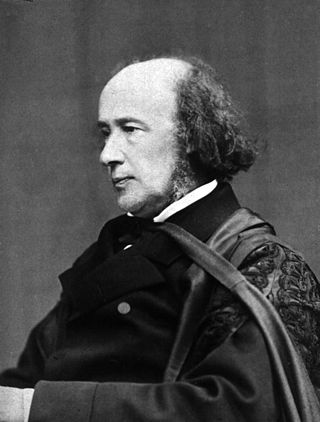
Sir Henry Wentworth Dyke Acland, 1st Baronet, was an English physician and educator.
Sarah, Lady Acland was the wife of Sir Henry Acland, Regius Professor of Medicine at the University of Oxford. She was a socialite and philanthropist. After her death, the Sarah Acland Home was established in her memory.

Sir Wilmot Parker Herringham was a British medical doctor, academic and author. He was one of the first doctors to investigate the effect and treatment of poison gas in World War I.
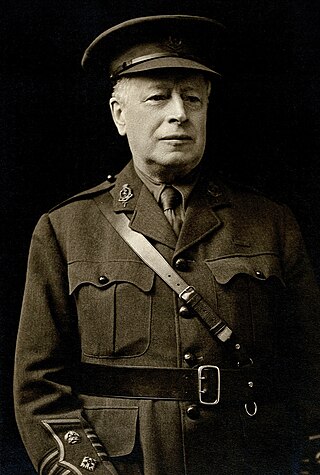
Theodore Dyke Acland FRCP FRCS was an English medical doctor, surgeon and author and was the son-in-law of Sir William Gull, a leading London medical practitioner and one of the Physicians-in-Ordinary to Queen Victoria. For many years Acland was the Medical Adviser to the government of the Sudan.
Dame Florence Barraclough Lambert DBE, commonly known as Barrie Lambert or Florence Barrie Lambert, was an English nurse, later physician and public health administrator.

Sarah Angelina "Angie" Acland was an English amateur photographer, known for her portraiture and as a pioneer of colour photography. She was credited by her contemporaries with inaugurating colour photography "as a process for the travelling amateur", by virtue of the photographs she took during two visits to Gibraltar in 1903 and 1904.
Alexander Gordon Melville (1819–1901) was an Irish comparative anatomist, best known for his work on the dodo. He was Professor of Natural History at Queen's College Galway, from 1849 to 1882.

The Belgrave Hospital for Children in Kennington, London, United Kingdom was a voluntary hospital founded in Pimlico, London in 1866. A new hospital building was constructed between 1899 and 1926 at 1 Clapham Road from a design by Charles Holden. It was designated a Grade II* listed building in 1981 and is currently residential flats.
















